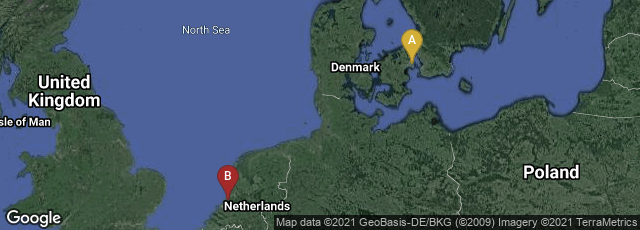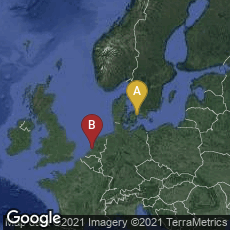In 1655 Danish lawyer and royal historiographer
Willum Worm edited and published
Museum Wormianum, seu, historia rerum rariorum: tam naturalium, quam artificialium, tam domesticarum, quam exoticarum, quae Hafniae Danorum in aedibus authoris servantur in Leiden at the press of Johannes Elzevier. This was the catalogue of the museum or wunderkammer collected by his father, the Danish physician, natural historian and antiquary,
Ole Worm. The collection, established in Copenhagen, ranged from "native artifacts collected from the New World, to taxidermed animals, to fossils." The museum consisted of minerals, plants, animals, and man-made objects. Worm compiled engravings of his collection, along with his speculations about their meaning. The text was divided into four books, the first three dealing with minerals, plants and animals, the fourth detailing archaeological and ethnographic items.

